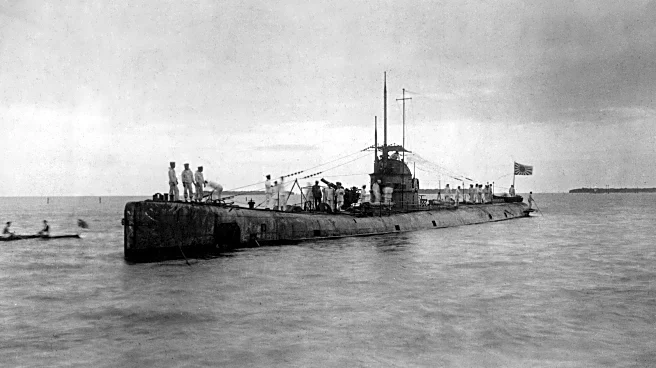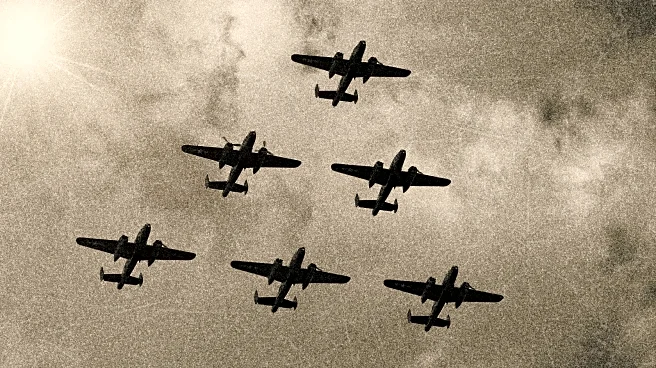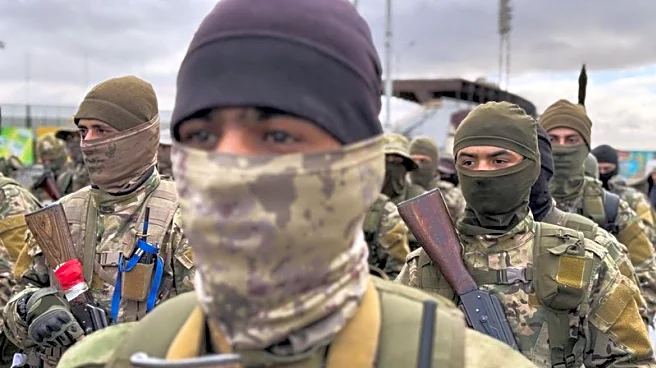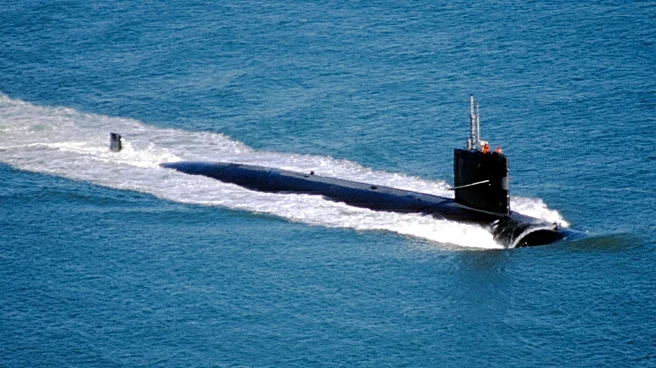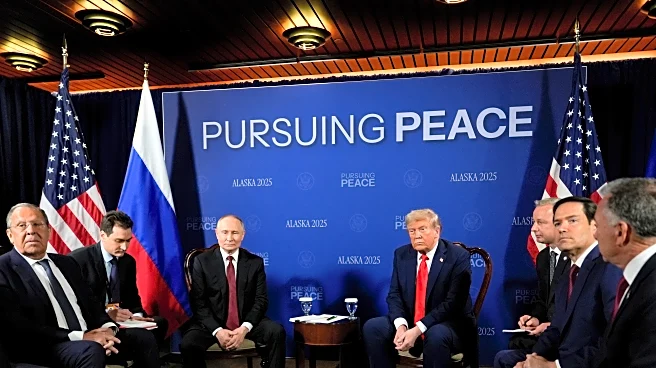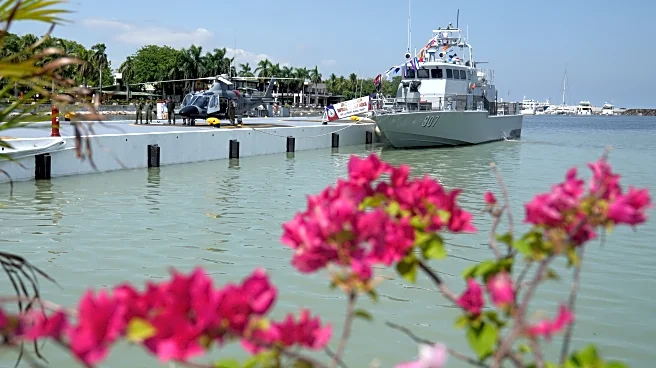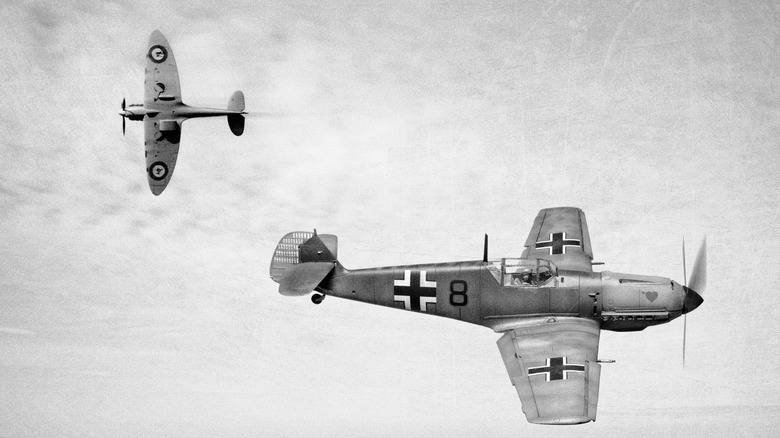
The forces of major belligerents produced many iconic warbirds during the Second World War. The rotary, radial, and V-powered Focke Wulf 190, P-51 Mustang, Supermarine Spitfire, P-47 Thunderbolt, Mitsubishi Zero, and many others have gone down in aviation history as legends of their time. Other planes, not so much.
For every airframe with a sterling battle record, there are a dozen that fared poorly. That's not to say that these aircraft are not worthy of our respect. Even a poorly performing combat
veteran of the Second World War still made it to the show, and the pilots who flew them were skilled and courageous.
Some of the aircraft on this list were out-of-date; others performed well early in the war before being outclassed by updated versions of successful enemy aircraft. Some became infamous for poor performance, fairly or unfairly. Others probably never should have taken to the air in the first place. Here are five of the worst fighter planes to fly in World War II.
Read more: 10 Largest Air Forces In The World, Ranked By Military Aircraft Numbers
Brewster 2A Buffalo
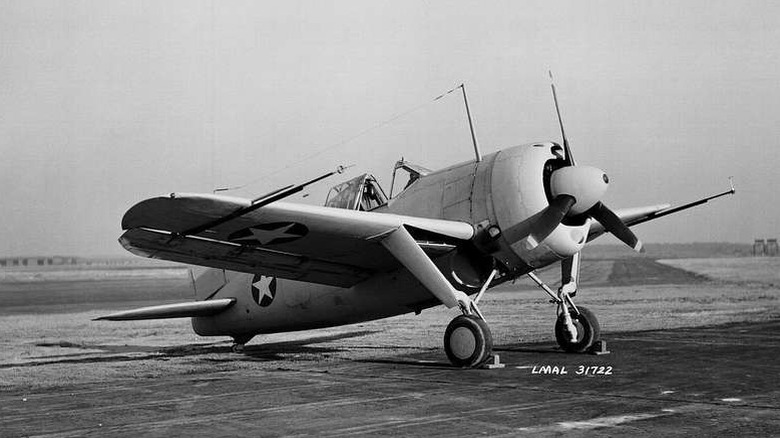
No list of the worst fighter aircraft to fly during World War II is complete without the much-maligned Brewster 2A Buffalo. Technically an interwar plane, the prototype first flew in December 1937, but it was based on the design of the 1931 Brewster FA prototype. The U.S. Navy ordered the first of what ultimately became 509 of the portly monoplanes.
It would be nice to ascribe the poor reputation of the Buffalo to outdated design, but its head-to-head competitor for the Navy's first monoplane contract was the later successful Grumman F4F Wildcat, and its June 1939 delivery made it a contemporary of the superior Mitsubishi A6M2 Zero, which debuted in July 1940.
The Buffalo was over 26 feet long, 12 feet tall, and weighed over 4,700 pounds. It could achieve 321 mph and carried a pair of .50 caliber machine guns as armament. The aircraft looked good on paper. It did not look so good at the Battle of Midway, the turning point in the Pacific Campaign and air war. Marine Corps piloted Buffaloes sustained 65% losses, with 13 of the 20 craft destroyed. With Japan reeling, planes like the Grumman Wildcat and Hellcat, Vought F4U Corsair, and Lockheed P-38 Lightning helped roll up its military forces, leaving the pea-shooting Buffalo in the dust.
Messerschmitt Me 163 Komet
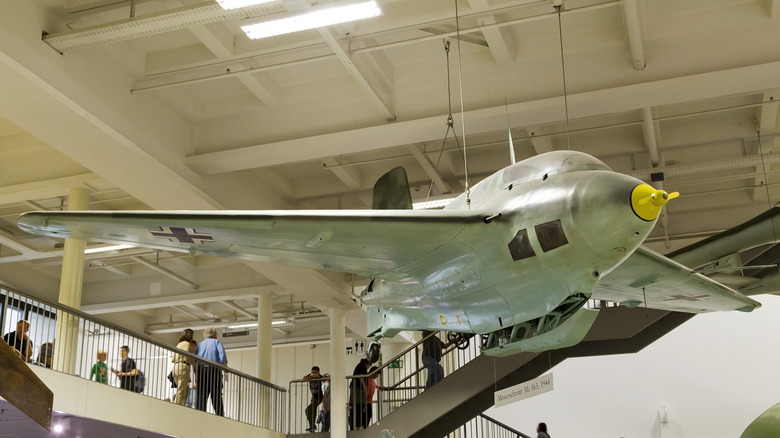
The Americans weren't the only ones having trouble developing modern aircraft. The Luftwaffe may have started the conflict with an impressive air fleet, but late in the conflict, it had to field increasingly experimental and dangerous technology. One such example is the Messerschmitt Me 163 Komet.
The Komet falls into the category of late-war wonder weapons that certain megalomaniacs hoped would save Germany. Rocket and jet aircraft came into the equation in the waning days of the conflict, and the Komet is one serious example of engineering sketchiness. This is no jet-powered aircraft like the Me 262. The Komet is a tailless rocket-powered interceptor. Its pair of 30 mm cannons could shred large aircraft, but it was so fast that hitting the target was like trying to score a bullseye on a moving dartboard from the back of a speeding sportbike.
The stubby aircraft was uniquely terrifying to fly, unstable in nearly any state, and prone to landing gear failures that left pilots with spinal injuries. It slipped into history overshadowed by its revolutionary cousin, the Me 162 Schwalbe.
Morane-Saulnier M.S. 406
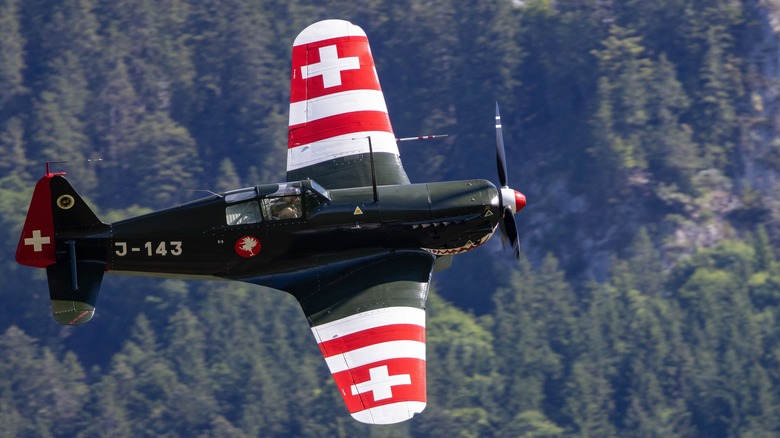
Many accounts of the Second World War's air history begin with the Battle of Britain or the German pounding of Poland. Often forgotten is the brief but sharp air war over France in the early summer of 1940.
The soon-to-be-annihilated French Armée d'Air fielded the Morane-Saulnier M.S. 406. Handsome, with classic lines, it was nonetheless an out-of-date interwar design that stretched back to 1935. It went operational in 1938 with an armament of a single center-mounted 20 mm cannon and a pair of 7.5 mm machine guns –- not terrible by early war standards. The crux of the problem with the M.S. 406 was its powerplant. An underpowered Hispano Suiza 12Y31 made 860 hp. The 406 could climb to 30,000 feet, hit a maximum speed of 302 mph, and cruise at 248 mph at 16,400 feet. But that wasn't enough to prevent devastating losses.
Over 300 Morane-Saulnier 406s went down during the Battle of France, but not without exacting 269 victories of its own. While the 406's legacy hardly shines, it was a combat-tested warbird that blunted the totalitarian tide.
Lavochkin Gorbunov Gudkov Lagg-3
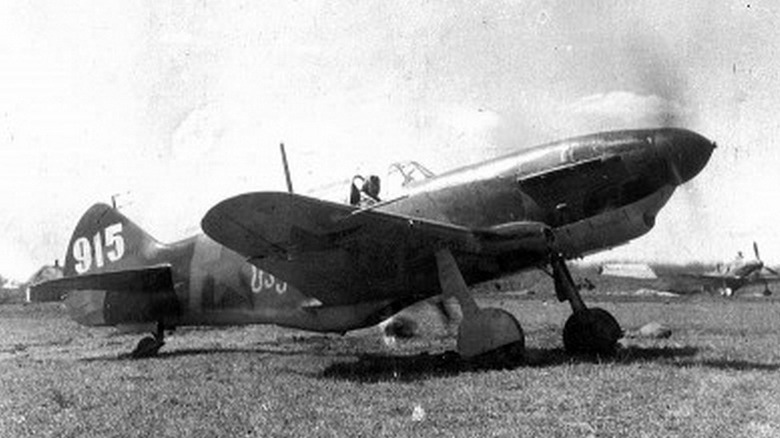
In the same vein as Mikoyan and Gurevich (MiG), this Soviet aircraft manufacturer took its name from a portmanteau of its designers' names: Lavochkin, Gorbunov, and Gudkov. The Lagg-3 was designed based on the earlier Lagg-1, which was a product of the Soviet Union's rushed quantity-over-quality industrialization in the 1930s.
The Lagg-3 avoided using scarce war materials like steel and other metals wherever possible. Its wooden construction was only one reason for its nickname, the "wooden coffin." The rest was explained by its general inferiority to the Bf 109. The Lagg-3 was not as disastrous as the Brewster Buffalo, though. It put up a decent fight against the Luftwaffe, but only by dint of courageous pilots and Soviet mass production.
The Soviet Union built over 6,500 Lagg-3 fighters during the war. Putting them among the worst fighter planes of the war only works in comparison to top-tier fighters. The Lagg-3 may have been a second or third-string plane, but it served honorably.
Nakajima J1Ni-S Gekko
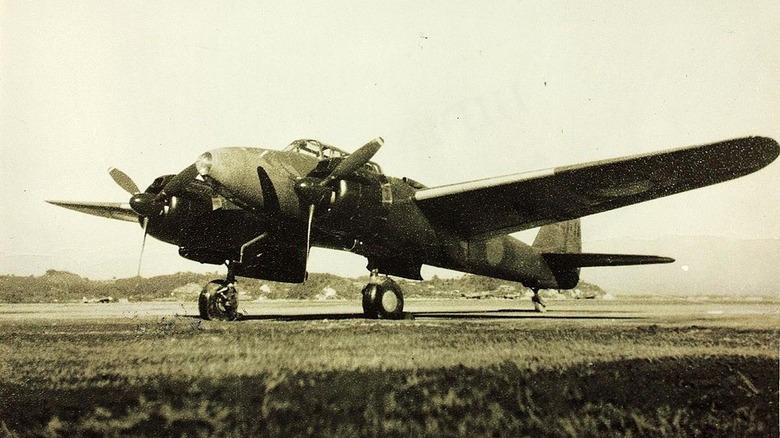
One of the reasons the famous Mitsubishi Zero is so well-remembered is that it was Japan's primary fighter throughout the entire war. Excellent in the beginning, American aircraft soon caught up with and then overtook it in performance, until the airframe was reduced to a kamikaze vehicle in the desperate final weeks of the war. However, American pilots also encountered other Japanese planes, one of which was the Nakajima J1Ni-S Gekko.
Originally conceived with a crew of three, the escort fighter achieved its first flight in 1941. By 1943, it had been relegated to night fighter status — something the Germans once did with the unwieldy three-man-crewed Bf 110.
The Gekko was armed with a single forward-firing 20 mm Type 99 cannon, a pair of forward-firing 7.7 mm machine guns, along with two remote-controlled 7.7 mm machine guns. There is but a single surviving Gekko from the war, a sign that perhaps it was not the most reliable, robust, or effective aircraft to take to the sky during the Second World War. Fans can see the real deal at the Smithsonian.
Want the latest in tech and auto trends? Subscribe to our free newsletter for the latest headlines, expert guides, and how-to tips, one email at a time.
Read the original article on SlashGear.
